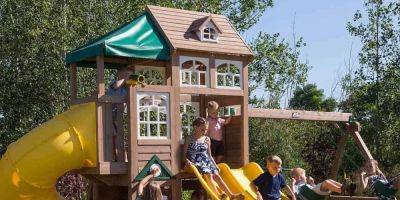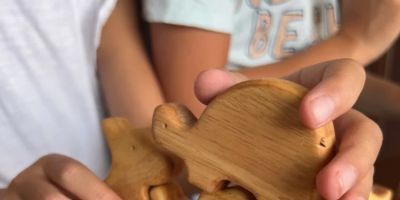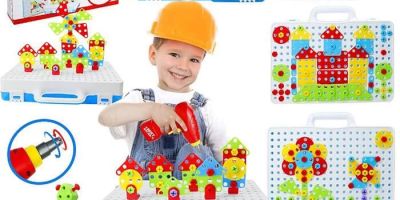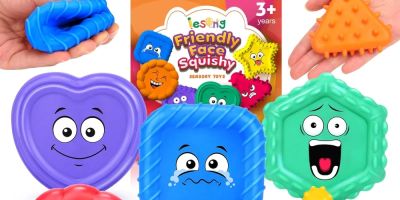- 1-Understanding-Motor-Skill-Development-in-Children
- 2-How-to-Choose-Toys-that-Help-Develop-Motor-Skills
- 3-Types-of-Toys-that-Boost-Fine-and-Gross-Motor-Skills
- 4-Real-Life-Stories-Showcasing-Toys-and-Motor-Skill-Growth
- 5-Where-to-Find-Quality-Toys-for-Motor-Skill-Development
1. Understanding Motor Skill Development in Children
Motor skills form the foundation for a child’s physical coordination and overall development. These skills are generally divided into fine motor skills, involving small movements like grasping and manipulating objects, and gross motor skills, which include larger movements such as crawling, walking, and balancing. Early childhood is a critical period where supporting these abilities can foster confidence, independence, and cognitive growth.
Recognizing how children develop motor skills helps parents and educators select the right tools to encourage progress naturally and enjoyably.
2. How to Choose Toys that Help Develop Motor Skills
2.1 Age-Appropriateness and Safety
Selecting toys suitable for a child’s age ensures they provide the right level of challenge without frustration or risk. Toys designed with non-toxic materials and safety certifications protect children as they explore and learn.
2.2 Encouraging Active Engagement
The best toys stimulate a child’s curiosity and require active participation. Toys that invite stacking, sorting, grasping, or movement promote repeated practice, which is essential for skill refinement.
2.3 Versatility and Progression
Toys that offer multiple ways to play or adapt to growing abilities keep children engaged over time. This adaptability supports continuous motor skill development as children grow.
3. Types of Toys that Boost Fine and Gross Motor Skills
3.1 Building Blocks and Stacking Toys
Building blocks encourage hand-eye coordination, dexterity, and spatial awareness. Their tactile nature motivates children to grasp, align, and balance pieces, fostering fine motor precision.
3.2 Push and Pull Toys
Push and pull toys promote gross motor skills by encouraging walking, balance, and coordination. A classic example is a wooden pull-along animal that helps toddlers gain confidence in movement.
3.3 Manipulative Toys and Puzzles
Toys with buttons, levers, or knobs develop finger strength and dexterity. Simple puzzles enhance problem-solving while refining fine motor control.
3.4 Ride-On Toys and Balance Bikes
For older toddlers, ride-on toys and balance bikes strengthen leg muscles and improve balance, supporting the transition to more complex physical activities.
4. Real-Life Stories Showcasing Toys and Motor Skill Growth
One inspiring example comes from a parent who noticed her toddler struggling with grasping small objects. After introducing stacking rings and interactive puzzles from Knight Toys, she observed remarkable improvements in her child’s hand coordination within weeks. This progress boosted the toddler’s confidence, making mealtime and playtime more enjoyable.
Another story involves a daycare center that integrated ride-on toys and balance bikes into their outdoor play area. Children displayed increased balance and physical stamina over a few months, reflecting the positive impact of age-appropriate motor skill toys.
5. Where to Find Quality Toys for Motor Skill Development
5.1 Specialized Retailers
Finding the best toys that help develop motor skills means choosing reputable sources with expert-curated selections. Knight Toys offers a wide range of safe, engaging products tailored to children’s developmental needs.
5.2 Recommendations and Reviews
Reading customer reviews and expert advice helps parents select toys that have proven effectiveness and appeal. Trusted retailers provide detailed descriptions and guidance on age suitability and educational value.
5.3 Educational and Therapy Resources
Some toys are designed in collaboration with child development specialists or occupational therapists, ensuring they target specific motor skills effectively. Exploring these options adds an extra layer of confidence in your purchases.





